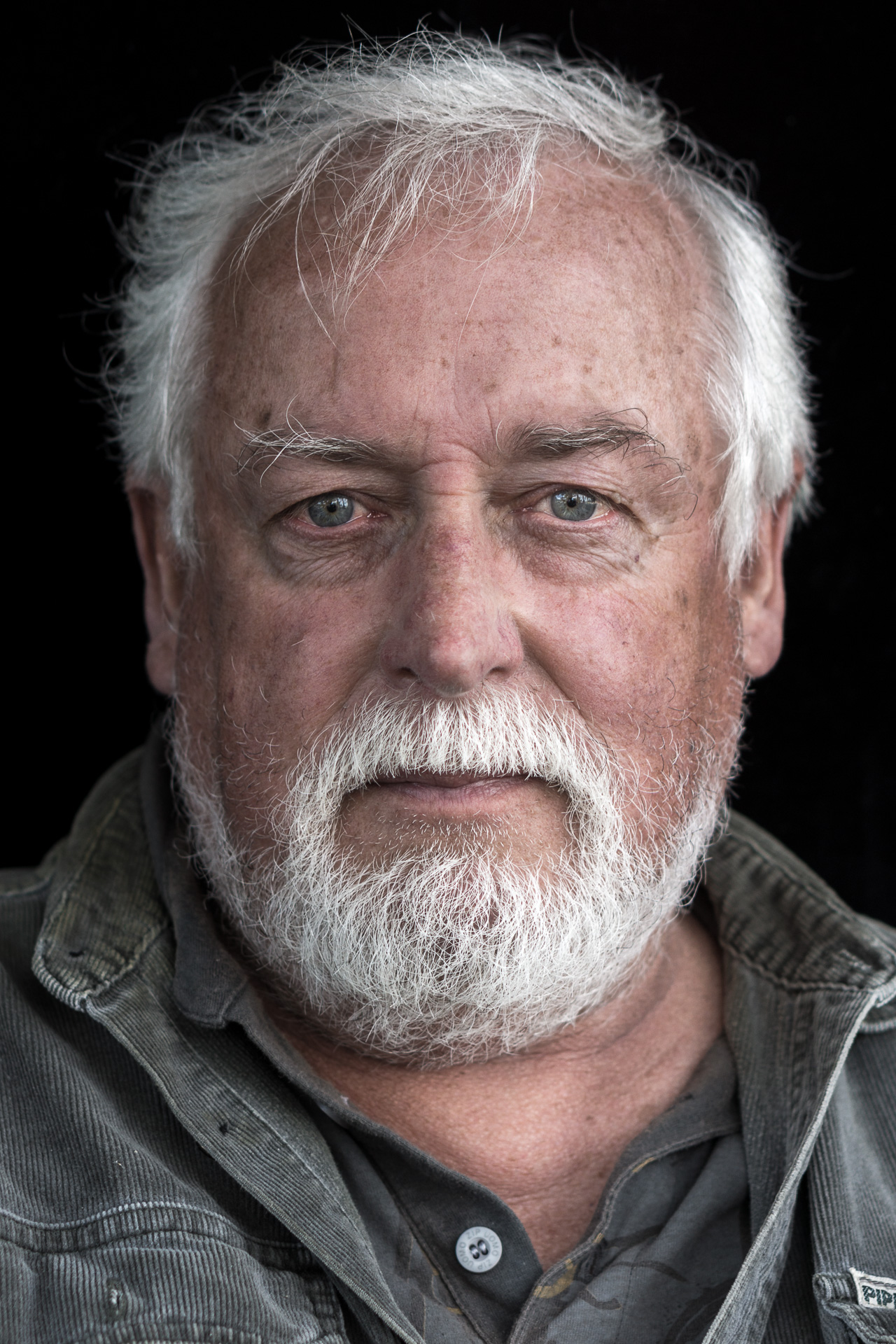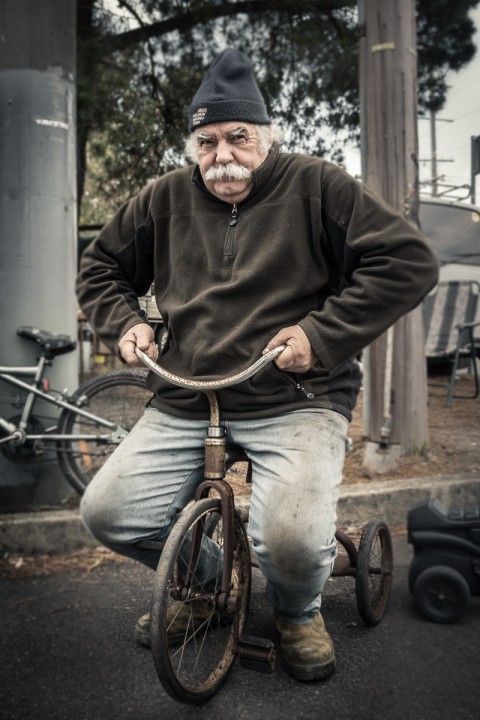Blog, Tips and Techniques
The 40-Second Portrait


The back-story to the image of Alan: I had photographed an interesting character called John (riding a children’s tricycle he had for sale) at a local market the previous month and was giving him a print of his portrait when his friend Alan asked me why I hadn’t taken his picture (one opportunity leads to another). I exchanged some friendly insults with Alan while snapping him at 10:40:29 am with my trusty Sony ‘go-everywhere’ mirrorless camera and 50mm f/1.8. A sunlit white vehicle behind him, his laid‐back position and his sunglasses were never going to lead to anything ‘special’ so I asked my partner to hold up a black piece of cloth behind him (a velvet‐like material that acts like a light‐sponge) and then asked him to remove his sunglasses. As the glasses were removed he sat more upright and I checked the aperture was set to f/2.8, used Focus Magnify to lock the focus precisely on his eyes and took a second picture at 10:40:52 am. 23 seconds had transpired. I adjusted the framing to vertical, moved closer, checked focus again and took a third image at 10:41:07 am (38 seconds had now lapsed since the first ‘snap’). This is the second image you see of Alan.
Alan reveals his character in the second image by interacting with me and the camera. The interaction was prompted because I asked him to take off his sunglasses. This also led to Alan sitting up straight (something I had not yet asked) as he considered how he would like to present himself to the camera lens. There often has to be something that follows the request to take/make a picture, because the request does not necessarily engage the subject in the collaborative process that has to exist between the photographer and the subject. Alan appeared in a magazine a few months later and we were never strangers again.
You can read what camera settings I use for portraits in this blog post: https://www.markgaler.com/settings-for-portraiture-2
The advice here is that good portrait photographs are ‘made’ and not ‘taken’.
One of the creative tasks during my one-on-one training sessions and workshops is how to create professional looking portraits (I supply the model).
